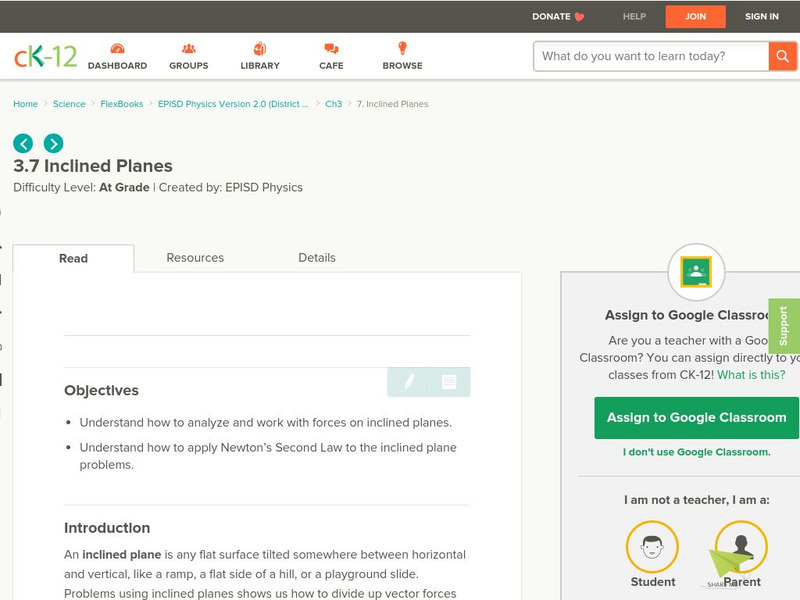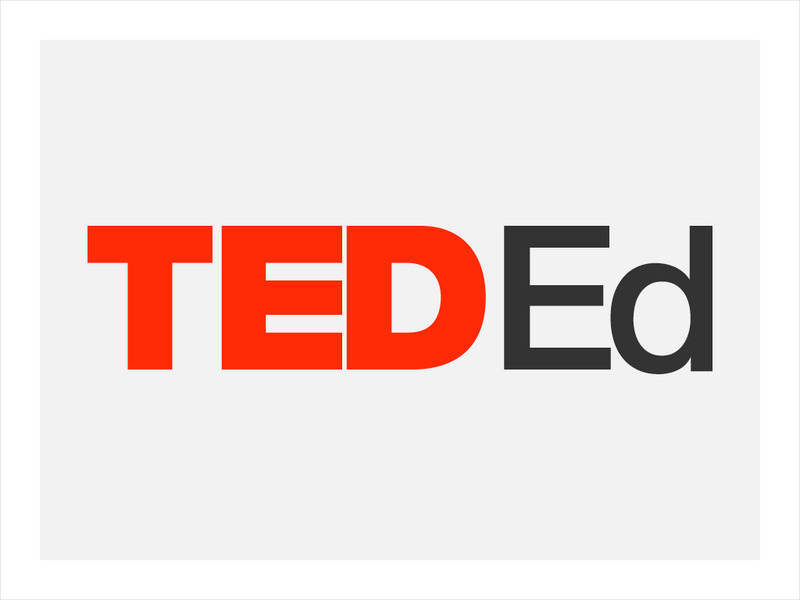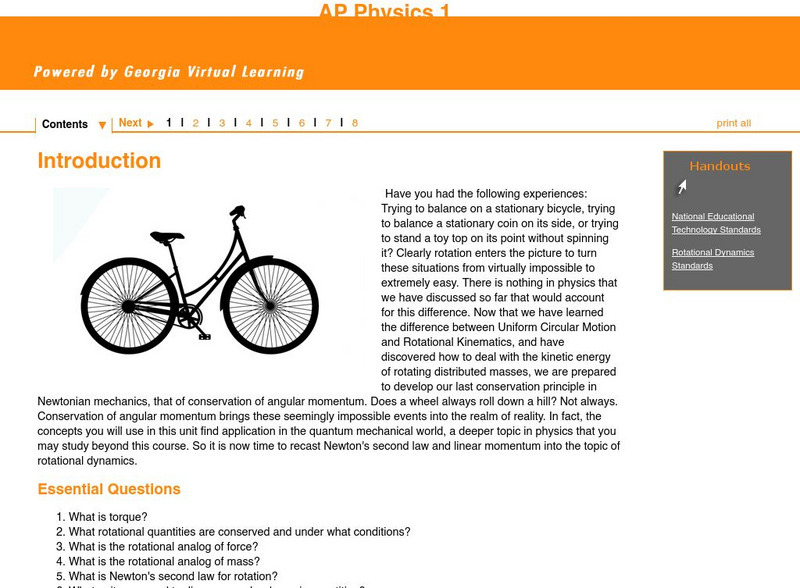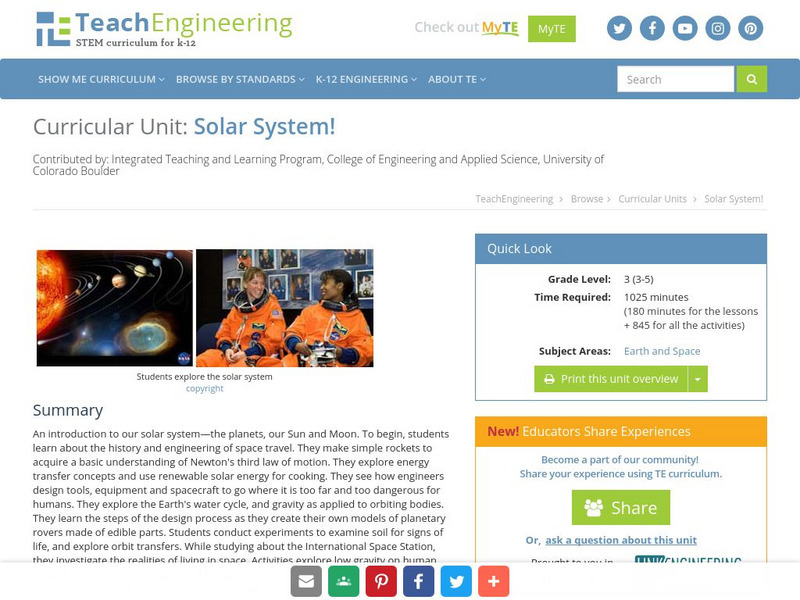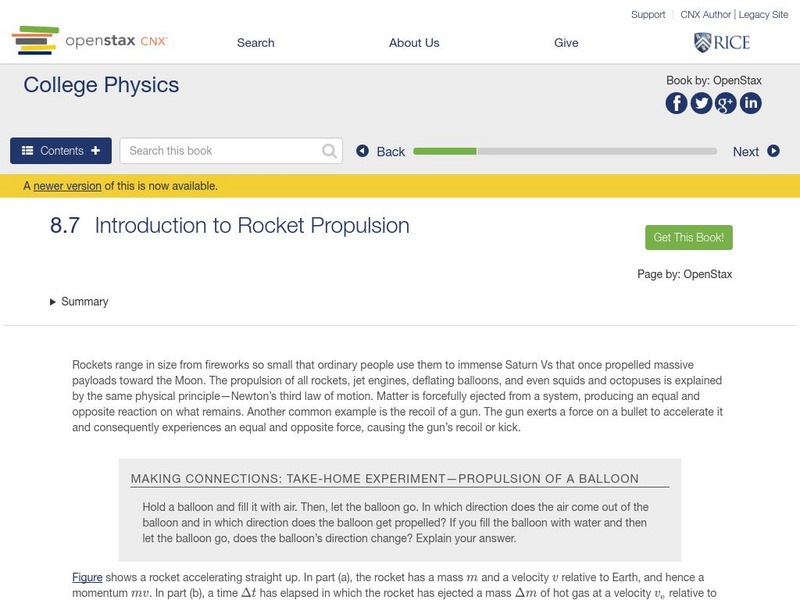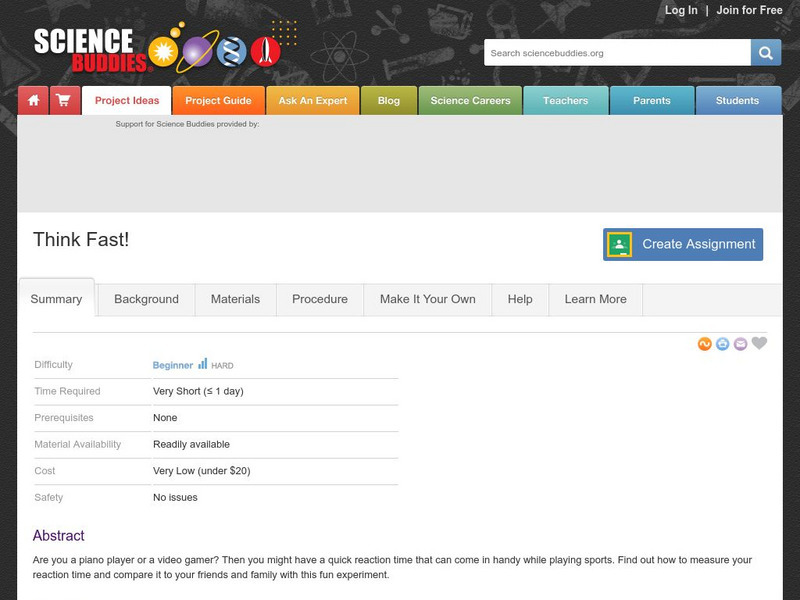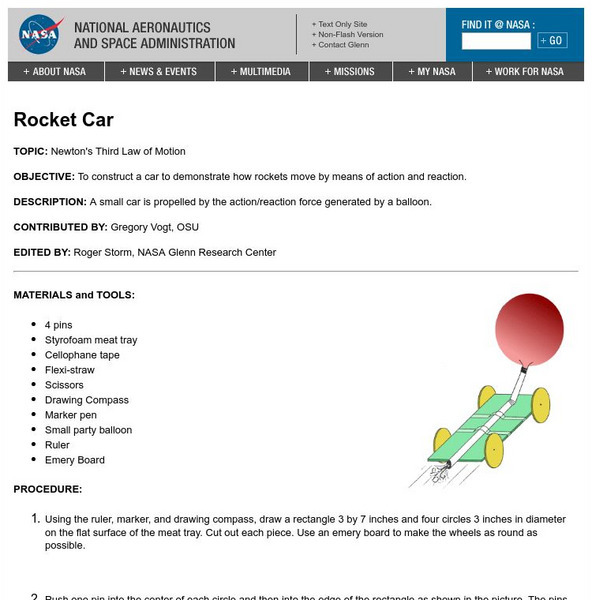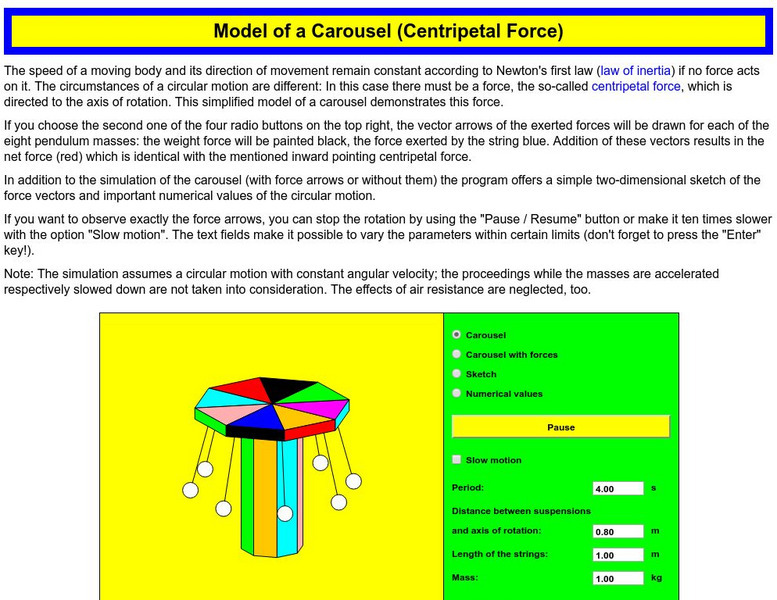Hi, what do you want to do?
Curated OER
Educational Technology Clearinghouse: Clip Art Etc: Sir Isaac Newton
(1642-1727) English natural philosopher, mathematician, and physicist most famous for gravity and his laws of motion.
TED Talks
Ted: Ted Ed: Football Physics: The "Impossible" Free Kick
Learn about the Magnus Effect, a phenomenon discovered by Isaac Newton. Brazilian football player Roberto Carlos used it to score a seemingly impossible goal in a game of football in 1997. Includes a video, multiple-choice and open-ended...
CK-12 Foundation
Ck 12: Physical Science for Middle School
This digital textbook covers core physical science concepts and includes interactive features, real world examples, and videos.
Science Education Resource Center at Carleton College
Serc: Water Bottle Rockets Understanding Energy
In this activity, young scholars will design and construct a water bottle rocket. Students will demonstrate understanding of a good experimental design and analysis of results.
Georgia Department of Education
Ga Virtual Learning: A Brief History of Astronomy
In this interactive module students will explore what different ancient cultures believe was an explanation of the stars and planets. They will look at how the work of Nicolas Copernicus revolutionize the world of astronomy and learn how...
Khan Academy
Khan Academy: What Is Weight?
This article on weight will help you prepare for the AP Physics test. Included are example problems to help you practice.
Science Education Resource Center at Carleton College
Serc: Investigating Best Amount of Water to Fly a Bottle Rocket
In this rocket experiment, young scholars will investigate the question, "Which amount of water will cause the rocket to stay in the air the longest?" Students will compare how long the rocket was in the air with how much water was in...
TED Talks
Ted: Ted Ed: Would You Weigh Less in an Elevator?
Video that uses an elevator in motion to describe the relationship among weight, gravity, and relative motion. [3:36] Includes a short quiz and a list of additional resources to explore.
CK-12 Foundation
Ck 12: Episd: Inclined Planes
[Free Registration/Login may be required to access all resource tools.] Students will identify how work and force are figured out on inclined planes as well as how to apply Newton's Second Law of Motion to them.
TeachEngineering
Teach Engineering: Rocket Power
By making and testing simple balloon rockets, students acquire a basic understanding of Newton's third law of motion as it applies to rockets. Using balloons, string, straws and tape, they see how rockets are propelled by expelling...
TeachEngineering
Teach Engineering: Rockets
This unit teaches students how and why engineers design satellites to benefit life on Earth as well as allows students an opportunity to explore motion, rockets and rocket motion. Students discover that the motion of all objects...
TED Talks
Ted: Ted Ed: If Superpowers Were Real: Flight
Is it scientifically possible to fly? In this series, creator Joy Lin tackles six superpowers and reveals just how scientifically realistic they can be to us mere mortals. [5:11]
Georgia Department of Education
Ga Virtual Learning: Ap Physics 1: Rotational Dynamics
Students learn about the Newtonian mechanics principle of conservation of angular momentum and the application in the quantum mechanical world.
TeachEngineering
Teach Engineering: Solar System!
An introduction to our solar system: the planets, our Sun and our Moon. Students begin by learning the history and engineering of space travel. They make simple rockets to acquire a basic understanding Newton's third law of motion. They...
OpenStax
Open Stax: Introduction to Rocket Propulsion
From a chapter on Linear Momentum and Collisions in a Physics textbook. This section of the chapter discusses Newton's third law of motion in the context of rocket and jet engine propulsion. Students learn how to calculate a rocket's...
University of Colorado
University of Colorado: Ph Et Interactive Simulations: Gravity Force Lab
An interactive simulation that teaches about gravitational force, Newton's Third Law, and force pairs by varying properties affect the gravitational force exerted between two objects. This simulation can either be downloaded or played...
University of Colorado
University of Colorado: Ph Et Interactive Simulations: Forces in One Dimension
Use this simulation to see the results of applying a force to move an object. Analyze forces and friction using graphs.
Science Buddies
Science Buddies: Think Fast!
Are you a piano player or a video gamer? Then you might have a quick reaction time that can come in handy while playing sports. Find out how to measure your reaction time and compare it to your friends and family with this fun experiment.
American Association of Physics Teachers
Com Padre Digital Library: Open Source Physics: Free Fall Air Resistance Model
A Java-based simulation where students can observe what happens to a free-falling object, with and without air resistance. Controls allow the user to adjust settings and the results are graphed as the simulation progresses.
NASA
Nasa Glenn Research Center: Rocket Car (Class Activity)
Students discover Newton's Third Law of Motion by constructing a rocket car.
Sophia Learning
Sophia: Introduction to a System: Lesson 2
This lesson introduces the concept a systems and explains why it is important to properly define a system. It is 2 of 2 in the series titled "Introduction to a System."
Physics Central
Physics Central: Physics by the Fire: Match Stick Rocket
Match stick rockets makes a great demonstrations to show students Newton's third law. By covering a match with tin foil, students can see the reaction thrust as the molecules escaping the matchstick are propelled into the air. Lesson...
Sophia Learning
Sophia: Mass & Acceleration: Lesson 1
This lesson explains why mass and acceleration are inversely proportional. It is 1 of 2 in the series titled "Mass & Acceleration."
Walter Fendt
Walter Fendt: Model of a Carousel: Centripetal Force
This resource features an applet that models the motion of a carousel ride at an amusement park to demonstrate centripetal force. The motion parameters can be modified and seen in the animation.












